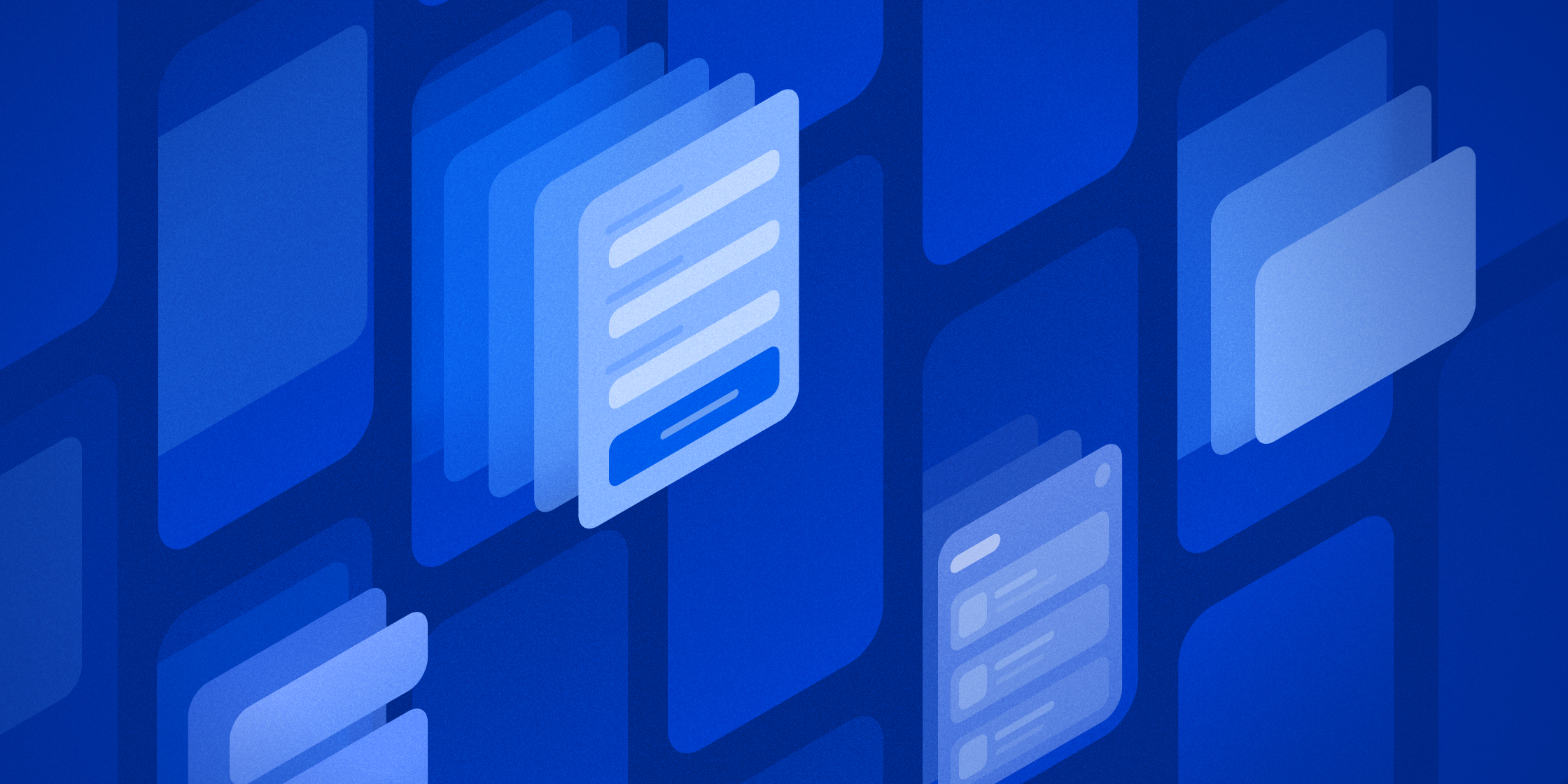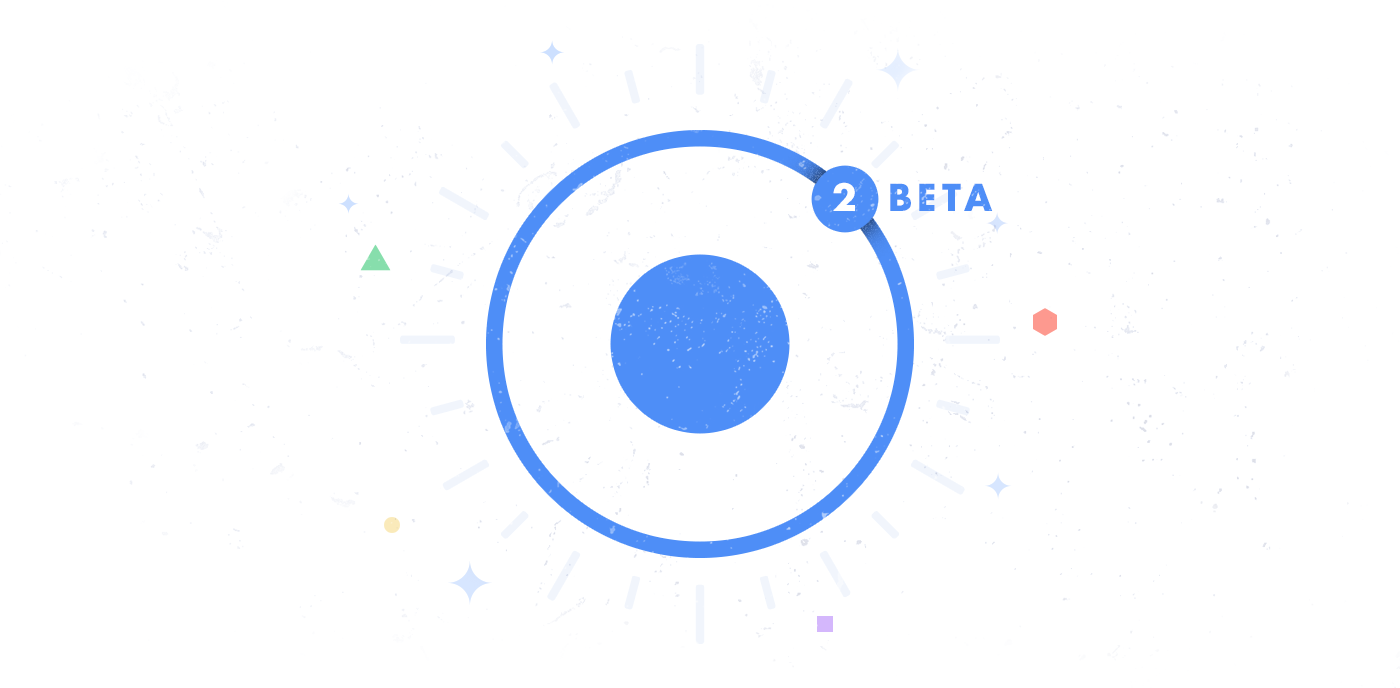Limitations with iOS and Android Web Views

Expediting native mobile application development within time and budget constraints is difficult. With the persistent need to improve customer experience and increase developer efficiency, many enterprises have turned to the speed and ease of web development to keep up with demand—a resource that many of them already have. But maintaining native mobile and web code bases and achieving parity between the two can add complexity to an already complicated organizational structure.
iOS and Android Web Views to the rescue. Or so you might think.
Web Views brings two teams together—web and native—to build mobile applications faster and more efficiently. They allow for web content to be embedded into native applications, typically by breaking up the native application’s front end into feature slices, or micro frontends. By embedding web content, developers can focus on building fantastic user experiences while leaving the content development to the web team. This also ensures web and native parity; as web features are updated, the web content embedded in the native app is also updated from the same code base.
Development kits from Apple and Google provide stock Web Views for native app developers to start using right away. These out-of-the-box experiences seem like the ideal solution for bringing web and native content together to build and scale mobile apps, but there are many factors to consider when using stock Web Views in your app infrastructure.
From usability issues to feature limitations, here are the things you should be considering.
Usability of iOS and Android Web Views
Large, global enterprises like Apple, Amazon, and Netflix have been using Web Views for years. By embedding web content into their native apps, Apple can update their music catalog without relying on native teams to build the content into the native app. Similarly, Amazon uses Web Views to update their millions of product offerings, and Netflix updates their movie and TV show database with ease using Web Views. Though stock Web Views enable these companies to dynamically update their apps, the setup and maintenance to make this happen smoothly requires a number of talented developers and time.
Web Views don’t come with any features
The basic functionality of a stock Web View is to break up the native app into micro frontends. But what if a native development team wants to communicate between the web and native layers? That has to be manually built. If developers want to maintain native component interactivity with the web content, they need to build that too.
“With iOS and Android Web Views, handling delegate methods for navigation, load, errors, permission requests, and other general housekeeping all need to be built manually,” says Max Lynch, CEO and co-founder of Ionic.
In other words, customizations need to be built to provide a seamless experience that makes the native application and web content truly feel native.
Imagine an engineering manager decides to dedicate the time to make custom-built Web Views. Their team establishes the communication between the web and native layers, builds a system to ensure native component functionality with the web content, and develops custom native navigation controls. This effort could take weeks to build and test, and this lift only accounts for one code base. This whole process needs to be repeated for every mobile application on every platform.
“Developers have to learn two different APIs, iOS WKWebView and Android WebView,” says Vivek Mano, director, product specialist at Ionic. “On top of that, development teams have to account for various mobile OS versions.”
Stock Web Views introduce loading delays and network dependencies
Pulling web content into a native application through stock Web Views loads the content from a remote server rather than locally. This means a poor user experience if the user’s internet connection is slow, intermittent, or loses connectivity altogether.
In addition, there is always an inherent lag whenever content is pulled from a server, even with the best internet connection. A major airline recently discovered that using custom Web Views slowed app performance by 2-3 seconds because the web content took a long time to load.
While stock Web Views can save development time and effort and ensure parity across web and native applications, they can just as easily counteract that progress.
Alternative to stock Web Views
Stock Web Views, for all of their promise to improve the app development experience, lack in many areas. That’s why we built Portals.
Ionic Portals saves development teams countless hours required to custom build Web Views to fit their app needs. Portals handles all of the configuration and maintenance without the hassle by offering:
- Full access to native device features
- A fully supported stack with JS compatibility
- A large library of Ionic and community plugins
In addition to the built-in features provided out-of-the-box, Portals’ Web Views are on-device, meaning the content is downloaded to the device rather than accessed from a remote server. This improves loading speed significantly and doesn’t rely on server access to pull in data. The same major airline mentioned earlier reported a 2-3 second app speed improvement with Portals.
Interested in learning more about Portals?
If you’re considering moving your native applications to an architecture that supports iOS and Android Web Views, Portals may be for you. Reach out to an App Specialist to discuss your company’s needs and activate a trial.


